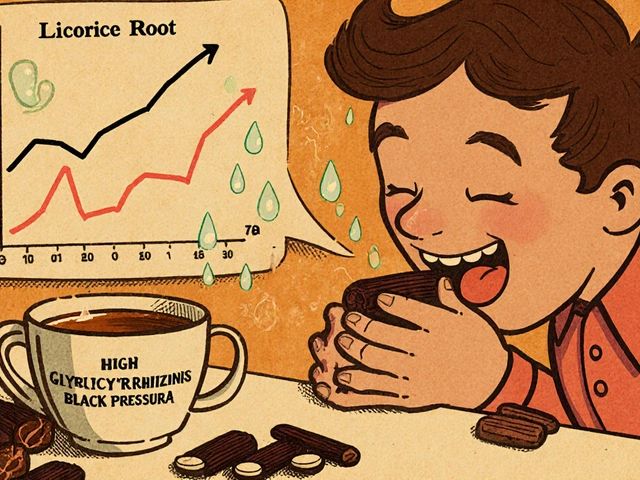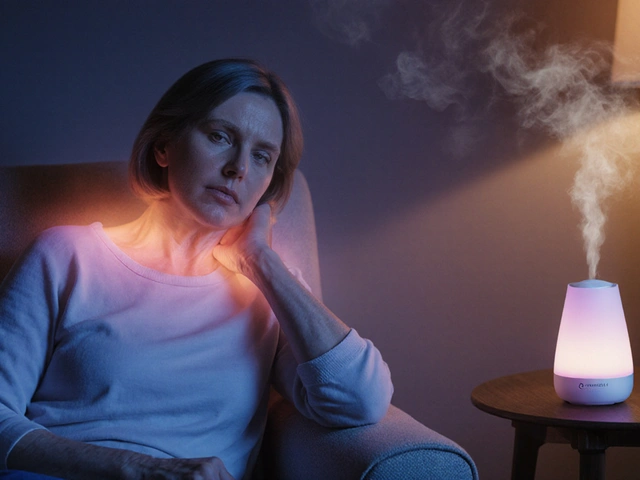PAH treatment: practical steps to feel better and live longer
If you have pulmonary arterial hypertension (PAH), targeted treatment can ease breathlessness, slow disease progression, and improve survival. The plan usually combines medicines, lifestyle changes, regular tests, and care from a pulmonary hypertension (PH) center. Ask for a specialist — PAH is complex and outcomes are better with an experienced team.
Medications that lower pulmonary pressure
Four main drug groups are used. Calcium channel blockers work only if your artery pressure drops during a vasodilator test at right heart catheterization — that small group may do well on high‑dose nifedipine, diltiazem, or amlodipine. Phosphodiesterase‑5 inhibitors like sildenafil and tadalafil relax pulmonary vessels and are common first choices.
Endothelin receptor antagonists (ERAs) such as bosentan, ambrisentan, and macitentan block a potent constrictor and reduce remodeling. ERAs need liver tests before and during treatment and are teratogenic — pregnancy must be avoided. Soluble guanylate cyclase stimulators (riociguat) help a different pathway and are useful in specific PAH types; they must not be combined with PDE‑5 inhibitors.
Prostacyclin pathway drugs are for more severe disease. These include IV epoprostenol (used in advanced cases), treprostinil (IV, subcutaneous, inhaled, or oral), inhaled iloprost, and oral selexipag. They dilate arteries, lower pressures, and improve symptoms and survival, but delivery routes and side effects vary — some require pumps and close monitoring.
Newer treatments are emerging. Clinical trials of agents targeting vascular growth and inflammation, including sotatercept, showed promising results and are changing how doctors think about long‑term care. Talk with your specialist about eligibility for newer options or trials.
Doctors increasingly start with two drugs at once for many patients. Studies such as AMBITION showed that starting with an ERA plus a PDE‑5 inhibitor reduced hospitalizations and improved outcomes compared with single drugs. That doesn’t mean the same plan fits everyone — age, other diseases, and pregnancy plans change choices. Also plan for mental health and social support; anxiety and fatigue hit hard. Ask your team about rehab, counseling, and reliable info sources and emergency contacts.
Other care: lifestyle, monitoring, and advanced options
Oxygen if you desaturate, diuretics for fluid control, and supervised exercise or rehab help daily life. Anticoagulation is sometimes used, but benefits depend on the PAH type — your doctor will weigh bleeding risk versus potential gain. Avoid pregnancy and discuss contraception; pregnancy in PAH carries high risk.
Regular follow‑up includes six‑minute walk tests, echocardiograms, blood tests (liver, BNP), and periodic right heart catheterization to track pressure and response. If symptoms worsen despite therapy, referral for lung transplantation evaluation is standard at experienced centers.
Side effects vary by drug class: headaches, flushing, jaw pain, GI upset, liver enzyme changes, low blood pressure, and site infections for subcutaneous pumps. Report new symptoms quickly — timely dose changes or switches prevent complications.
Final tip: get care at a PH center, ask about combination therapy early, keep vaccinations up to date, and carry an emergency plan. PAH is treatable—working closely with a specialist gives the best chance to feel better and live longer.

Ambrisentan and the LGBTQ+ Community: Bridging Gaps in PAH Treatment
This article explores how ambrisentan, a medication for pulmonary arterial hypertension (PAH), fits into the broader healthcare picture for LGBTQ+ individuals. It takes a close look at why disparities exist, highlights unique challenges faced by this group, and shares practical tips for improving care. Readers will find real insights into both systemic obstacles and ways patients can advocate for themselves. It's all about making sure everyone with PAH gets a fair shot at effective treatment.
Read More




